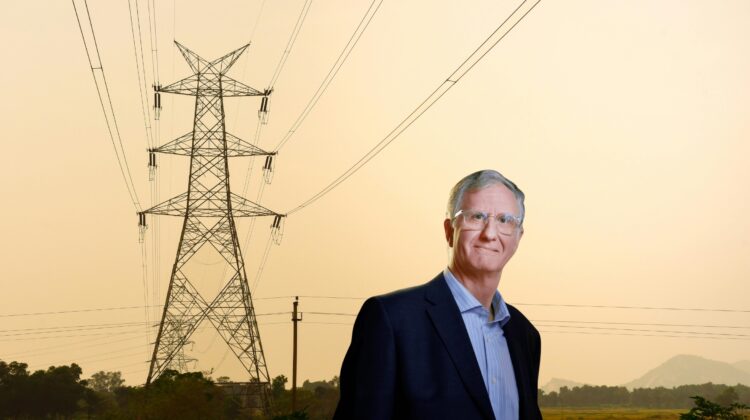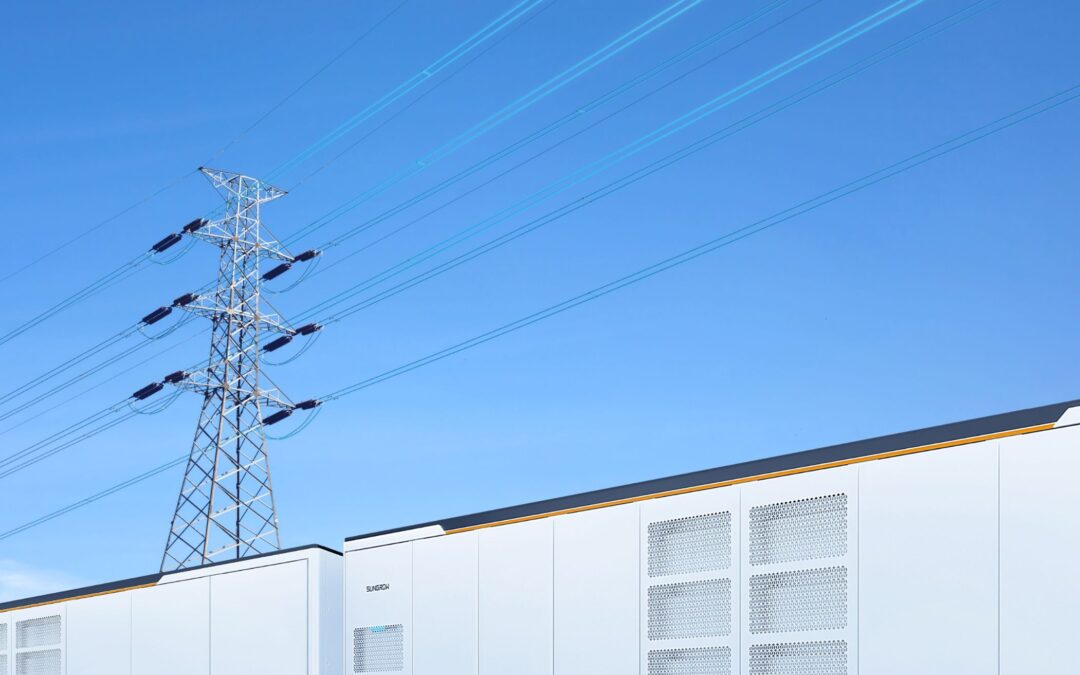The publication of Spain’s latest distribution grid capacity maps confirmed what the renewable energy industry had long warned: 83.4% of grid nodes are saturated, preventing new connections for both power generation and large electricity consumers. This figure—released by Red Eléctrica, the national transmission system operator—highlights the widening gap between available grid infrastructure and Spain’s ambitions for renewable energy expansion, electrification and industrial development.
“We are facing a reality we already knew: there is a structural grid deficit, both in distribution and transmission,” said Abelardo Reinoso, an electrical grid specialist and co-founder of MALAIKA, in a conversation with Energía Estratégica. For him, the issue goes beyond technical constraints and reflects a regulatory and planning model that has not kept pace with the scale and speed of investment that Spain needs to attract.
“It’s not only that infrastructure is missing; regulation doesn’t encourage, incentivise or allow agile planning,” he noted. Spain’s current five-year planning cycle cannot respond to the timelines required by major industrial, logistics, digital or clean energy projects.
Reinoso estimates that as much as €60 billion in investments may be blocked due to limited grid availability, and warns that many companies are already assessing alternatives elsewhere in Europe, where grid capacity is accessible, and regulation is more predictable. “We are losing investments to Marseille, Milan or Lyon because they offer available grid capacity and regulatory clarity,” he emphasised.
A critical factor, he explained, is the remuneration framework for distribution system operators (DSOs), currently under review by the CNMC, Spain’s competition and markets authority. According to Reinoso, DSOs lack incentives to invest ahead of demand, and the system does not allow networks to adapt quickly to new consumption profiles. “If a company wants to electrify a process or build a data centre, we must guarantee that it can connect in less than two years — otherwise it will move to another country,” he warned.
The situation is compounded by transmission planning mechanisms that operate on fixed five-year cycles, preventing a fast response to emerging industrial or urban growth hubs. In practice, legal deadlines for grid access and connection are routinely missed, undermining the confidence of investors who require certainty to build large-scale projects.
Reinoso stressed the need for a more dynamic and territorialised planning model that aligns demand growth with real infrastructure capacity. In his view, grid development must move in parallel with strategic sectors such as electric mobility, data centres, residential electrification and low-carbon industrial processes — all currently affected by node saturation.
He also pointed to structural distortions such as speculation in connection points. Since 2020, approximately 50 GW of demand-side grid capacity has been allocated, much of which remains unused. “Speculation with connection points must end. If capacity is not used within the required timeframe, it should be released for projects that are truly ready to move forward,” he said.
As immediate measures, Reinoso highlights the need to enable available bays in substations, allow shared use of capacity between demand and generation, introduce more flexible access criteria, and prioritise projects with stronger technical and financial maturity. He believes that mechanisms such as flexible access, recently introduced under Circular 1/2024, can provide relief if properly implemented. “What matters is understanding that not all contracted power is required 24/7, and the system must be able to reflect that,” he explained.
Looking ahead, Reinoso anticipates limited changes before 2026 if the current model remains in place. “Grids cannot be built in two years. What we can do now is maximise the use of what we already have,” he noted.
He concluded with a strategic warning: “This is not a technical problem — it is a strategic one. Either we accompany growth with adequate grid development, or we will watch it unfold elsewhere.”

































